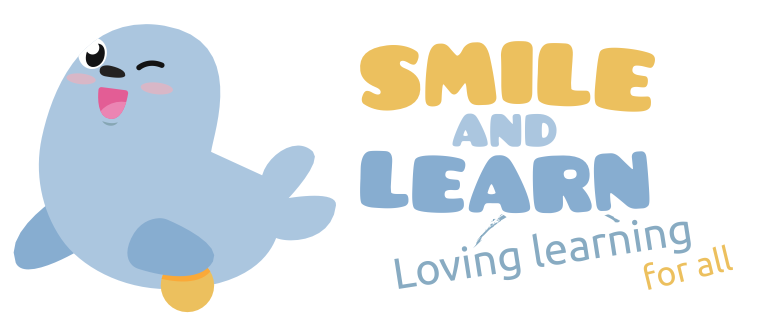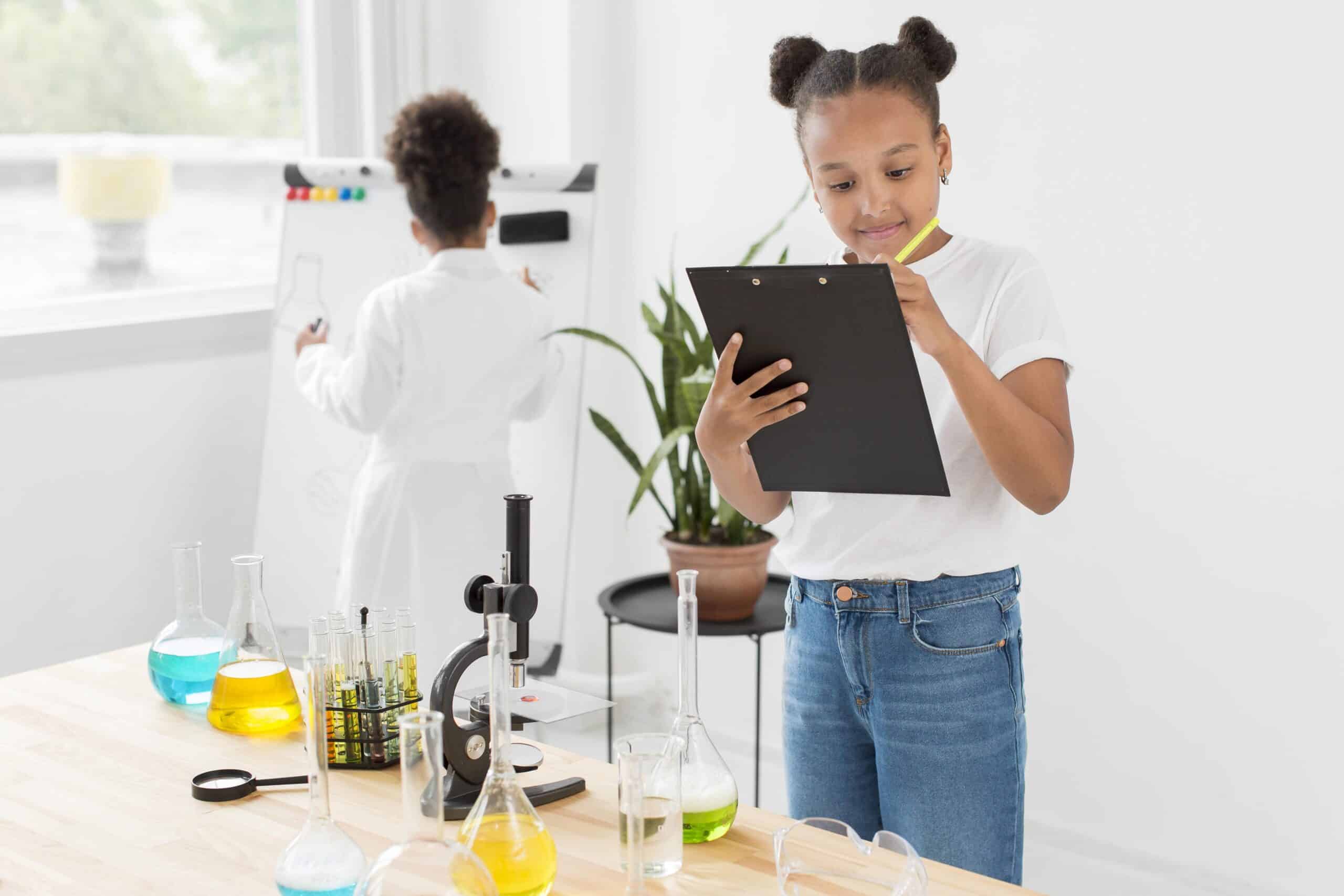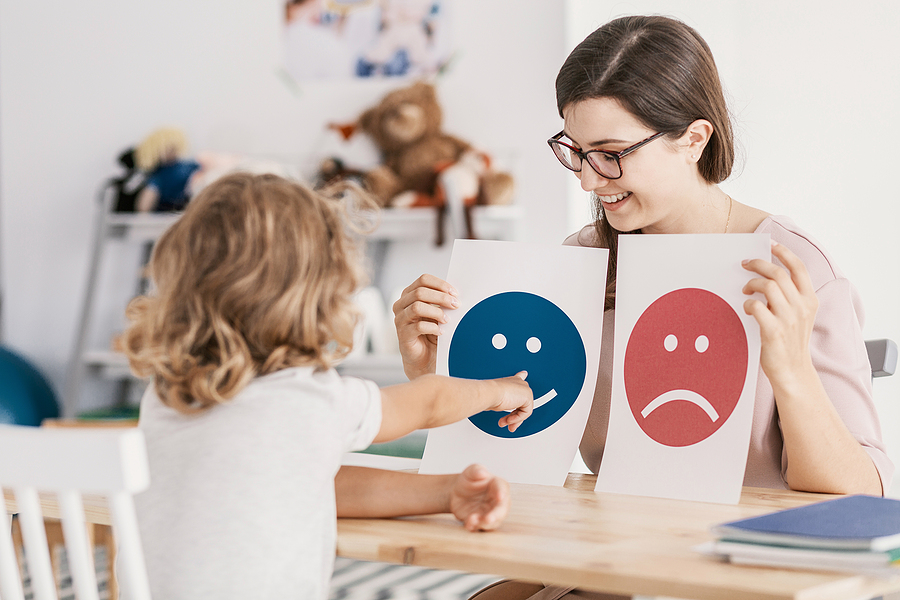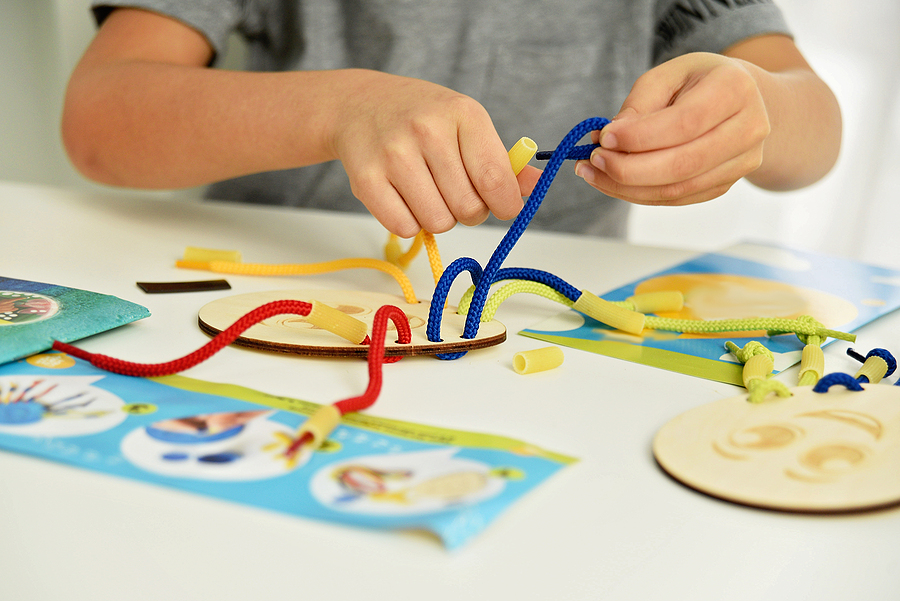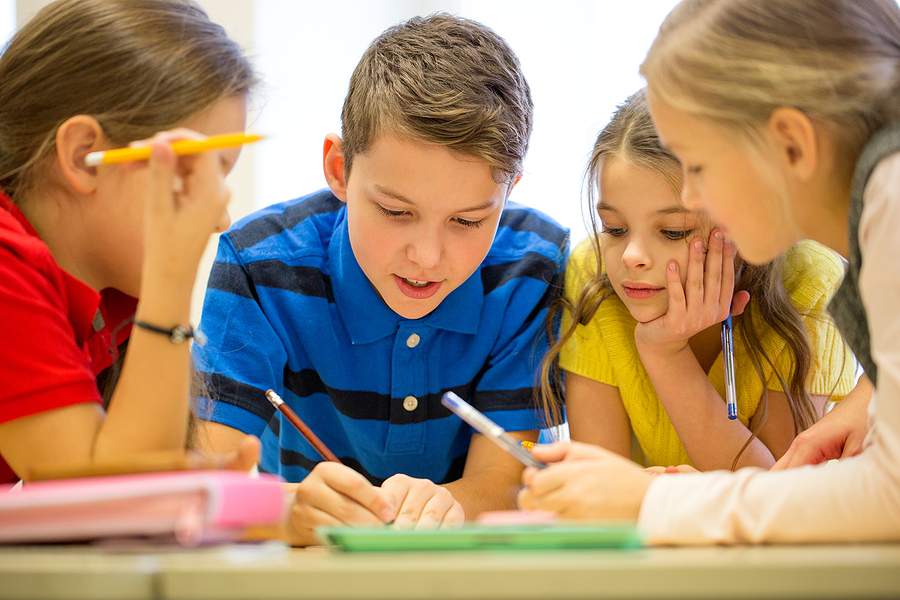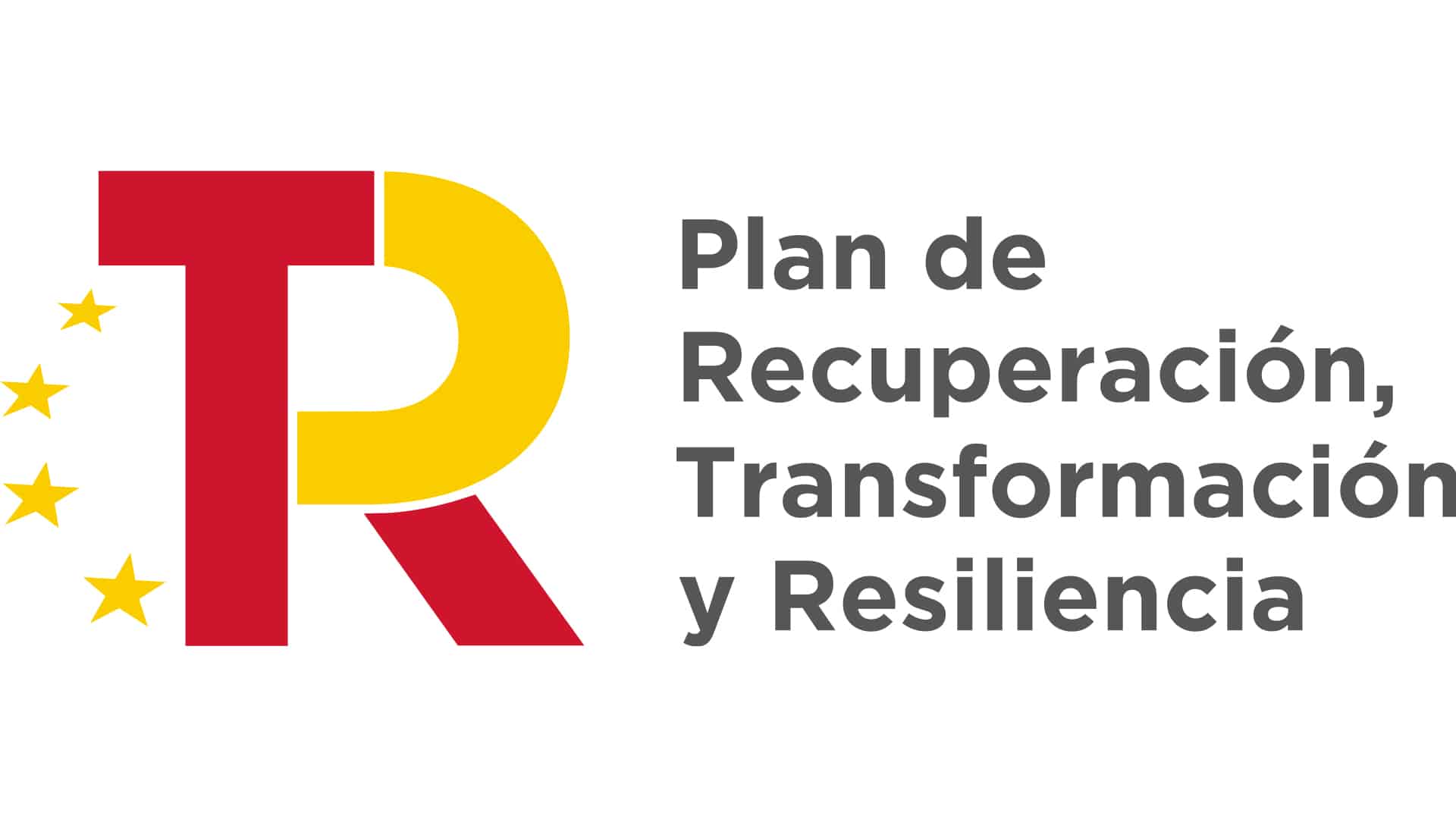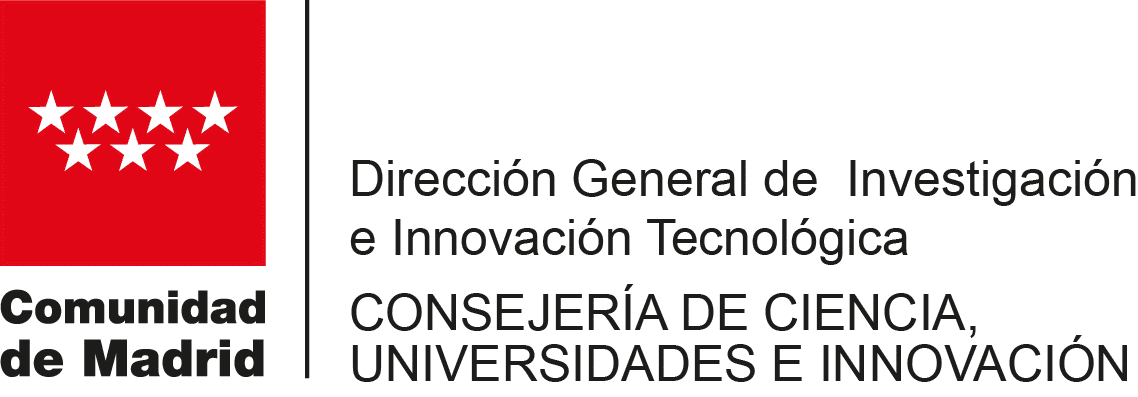Sustainable digitization in education is an increasingly relevant issue in our society today. Incorporating technology in the classroom can be a valuable tool to enrich teaching and learning for students, but it is also important to do so in a responsible and sustainable way. Moreover, it involves using technology efficiently and amenably, minimizing its impact on the environment and promoting equity and inclusion. In today’s blog post we bring you a series of tips for implementing technology in an environmentally friendly way.
For years, more and more schools have been using ICT (Information & Communication Technology) as an ally when it comes to bringing content to students and educating new generations. After the pandemic, the importance of education reaching everywhere and not being limited to schools was highlighted. More schools are also increasingly committing to environmental education, which is essential in the 21st century, when the solution to climate change is in everyone’s hands. It is therefore crucial to find a balance between digitalization and the environment. This can be done by:
- Selecting environmentally friendly devices and software. It is important to choose electronic devices and software that are energy efficient and environmentally friendly. Opting for energy-efficient labeled equipment and educational programs that promote sustainability can make a difference.
- Using resources consciously. Children should be taught the importance of turning off devices when they are not in use and maximizing the use of battery lives. In addition it should be a priority to encourage energy-saving practices, such as reducing screen brightness, using energy-saving mode, avoiding unnecessary printing of documents and encouraging the use of digital platforms to share and deliver work.
- Focus on creativity and critical thinking. Technology can be a powerful tool for fostering creativity and critical thinking in children. Both outside and inside the classroom, educational applications and programs can be used to allow them to create and express themselves in original ways. For example, one can propose activities such as the creation of presentations, videos, blogs or multimedia projects that address issues related to sustainability and environmental care.
- Teach digital skills. Students must be provided with the necessary tools to use technology effectively and responsibly; one must teach them to search for information online safely and to evaluate the reliability of sources. This can be done by promoting digital literacy and online privacy awareness, emphasizing the importance of protecting personal information. On our YouTube channel, we have a series of videos on digital responsibility for children to learn how to make proper use of the Internet and devices.
- Connecting with nature. Although technology can be a valuable tool in the learning process, it is essential not to lose sight of the importance of connecting with nature. To this end, outdoor activities can be organized that allow students to explore and learn about the natural environment, as well as encourage respect and care for the environment, and explain how technology can be used to address today’s environmental challenges.
In short, sustainable digitization in education can be a powerful ally to foster their learning and development, as long as a responsible and conscious use of technology is promoted. At Smile and Learn we are very committed to the environment and its care. In our videos and games we encourage the sustainable use of natural resources and teach children that caring for the planet is in the hands of all of us. If you haven’t tried our educational platform yet, you can do it for free by filling out this form.
